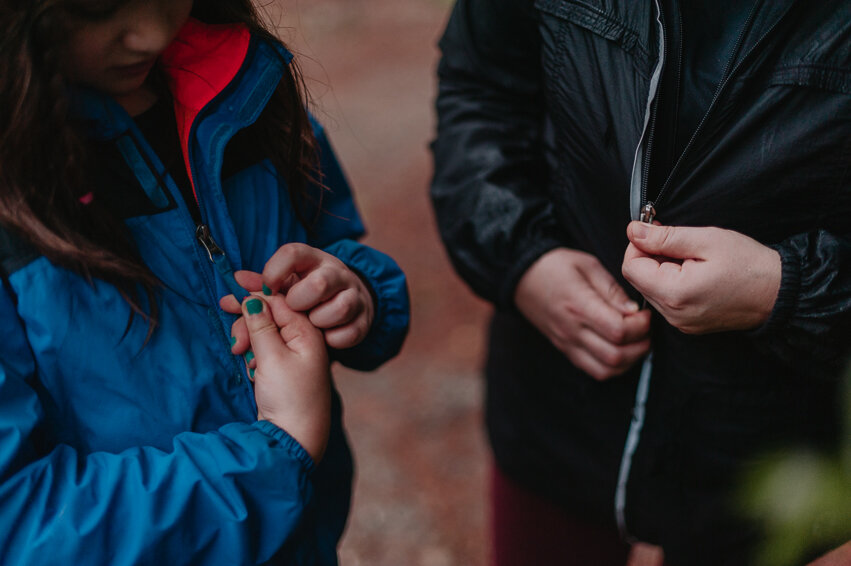Looking Down
Looking down the road
Looking down
Looking down at flower details
Looking down at the small details around me
PHOTO CHALLENGE | Shoot with a ‘Looking Down’ perspective this week.
It’s safe to say I have perspective on my mind this month with the recent prompts we’ve covered. Looking for new perspective both figuratively and literally are always a priority, and I’ve enjoyed the challenge to see things in a direct and specific way.
By changing your angle, just like trying out a new camera or a new lens, you’re forcing your perspective to shift. Instead of throwing money at new gear, you can look around you a little differently. By ‘looking down’ you are now seeing the world from a perspective that you normally don’t spend much time considering. Whether you physically look down, crouch down, or something else completely, you’re looking in a way no one else can, it’s one of the few rarities we can truly control.
Perspective photography primarily looks at two areas:
The spatial relationship between objects within an image. Perspective makes a two-dimensional photograph feel like a three-dimensional scene. It’s also the reason why many compositional techniques work. From leading lines and balanced weight to shallow depths of field.
Our point of view. Or the placement of the focal plane in relation to the subject. On a basic note, perspective gives depth. There are many things we can do to make a scene look more realistic. Remember, a photograph is not three-dimensional, it is only a representation of a three-dimensional world. Just like we use motion blur to give an impression of movement, we use perspective to give an impression of depth. This is why perspective photography is so important.
This perspective, like others, can become a point of interest, or it can become the subject, as is the case in forced perspective photography (also known as diminishing scale).
Training yourself to see beyond the eye-level, everyday perspective is how images can create a sense of connection and interest, and an overall stronger photo as you’re taking the viewer into your world. However, if you start to explore and start seeing things from different angles and new perspectives, you can open up a whole new world to your viewers and yourself. It's okay if you think of perspective directly and literally, but I do encourage you to open your mind to possibility. You just might surprise yourself.



